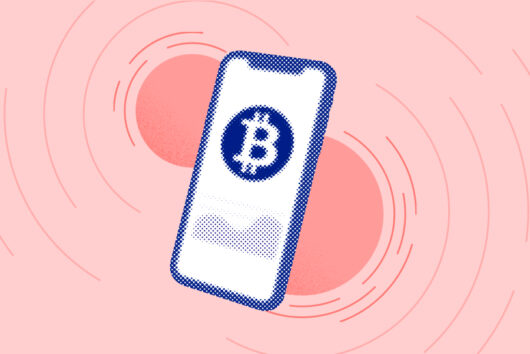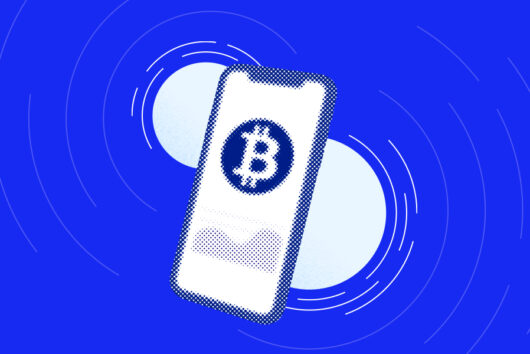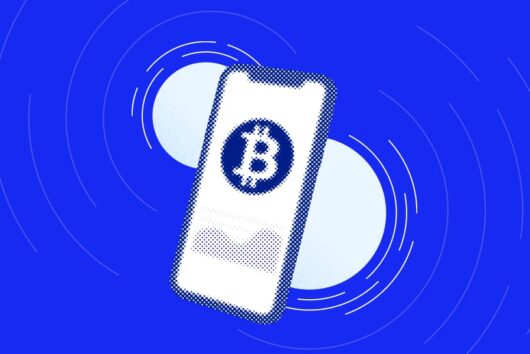What is Polkadot (DOT)?


There are many different crypto projects today. Some use other project’s blockchains, while many work on their own unique blockchains. The problem is that the majority of these blockchains struggle to communicate with each other, as they each speak a different language. This is known as the interoperability problem. Polkadot, sometimes referred to as the internet of blockchains, is aiming to solve this issue by creating a standardised language in its own ecosystem of blockchains.
It works like a digital superhighway where data and assets can move efficiently between various blockchains.
What does Polkadot do?
To understand how Polkadot works, let’s look at how the internet connects information and how Polkadot links blockchains.
The internet is at its core a network of interconnected computers and servers. It serves as a data highway, facilitating the exchange of information globally. This interconnectedness is achieved through a common language called the Internet Protocol (IP), which enables data to travel from one device to another, regardless of their physical location.
Polkadot acts like the internet for blockchains. In the blockchain world, each blockchain can be thought of as a separate entity, much like individual computers on the internet. Just as IP enables data to move freely across the internet, Polkadot uses what’s known as the Relay Chain, and a common language called XCM, that connects and communicates with different blockchains on Polkadot, which are known as parachains.
What would this look like in practice?
Developers building a decentralised app (Dapp) on Polkadot can create a special blockchain called a parachain with its own unique rules and features.
Polkadot connects all these parachains together, allowing the Dapps to talk to others on different parachains.
These parachains can also talk to other blockchains outside the Polkadot network using a technical feature called bridges, which allows the transfer of data from one blockchain to another. Bridges lets your app send and receive data and events to and from other blockchains, like Ethereum.
So, your DeFi app on Polkadot gets its own blockchain, a parachain, and can also talk to other apps on different parachains and blockchains. This makes it easier for people to use your Dapp and for your Dapp to work with others.
Takeaway
Polkadot’s primary focus is on enabling different blockchains to work together harmoniously, whereas many other blockchains operate in isolation.
What is Polkadot’s cryptocurrency?
The native cryptocurrency of the Polkadot network is called DOT. The cryptocurrency powers its governance, security, and economic systems. DOT incentivises active participation, secures the network, and allows users to interact with and contribute to the broader Polkadot ecosystem.
DOT is available to buy and sell on the Luno app and website.
Learn more
How does Polkadot reach consensus?
Polkadot uses a consensus mechanism known as nominated proof of stake (NPoS), a variation of Proof-of-Stake that is considered to be more democratic than its predecessor.
There are essentially two actors in NPoS, namely nominators and validators, also known as stakers.
In NPoS, investors who own DOT can nominate validators, even if they don’t have a massive amount of the cryptocurrency themselves.
These nominated validators then participate in the network’s operations. Validators are selected based on the number of nominations they receive from nominators.
How does Polkadot work?
Polkadot connects blockchains using the three main components in its architecture.
Relay chain: The Relay chain serves as the heart of the Polkadot network. It coordinates communication between different blockchains, manages the network’s security, and maintains a shared set of rules (consensus) for all connected chains.
Parachains: Parachains are individual blockchains that connect to the Polkadot Relay Chain. These parachains can be customised to serve specific purposes, such as smart contracts, decentralised applications (dApps), or even private networks. They benefit from the security and interoperability provided by the Relay Chain.
Parachains can communicate with each other using a language called XCM, allowing messages to be delivered across chains with different native languages.
Bridges: Bridges allow Polkadot to communicate with other blockchains, such as Ethereum or Bitcoin. This integration extends Polkadot’s reach beyond its ecosystem, enabling cross-chain transfers of assets and data.
* Investing in cryptocurrency may result in the loss of capital as the value can fluctuate.
 Discover
Discover Help Centre
Help Centre Status
Status Company
Company Careers
Careers Press
Press


